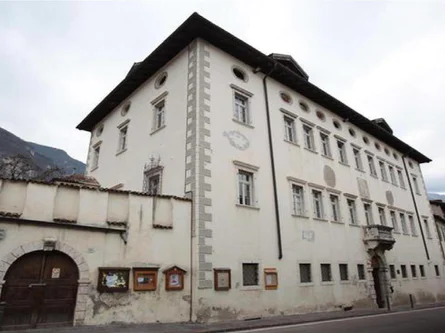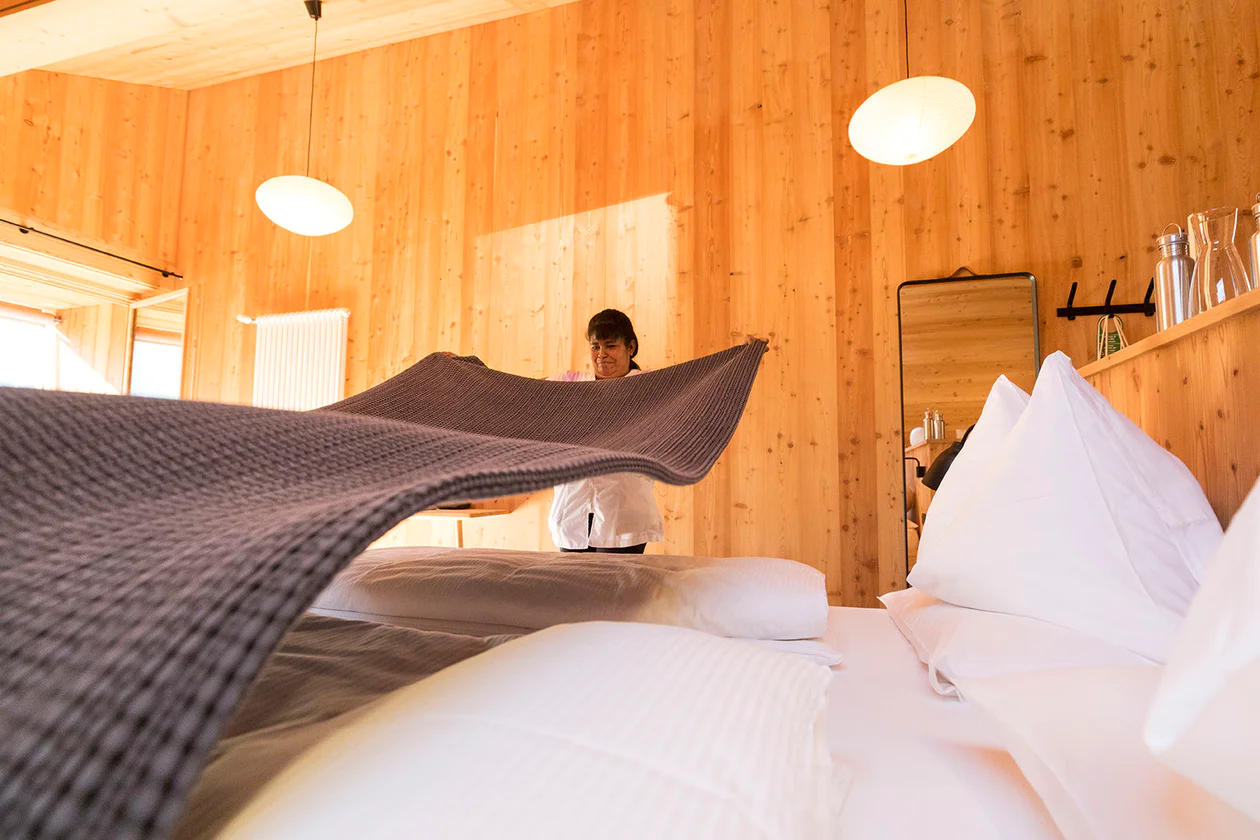The castle chapel of Hocheppan with its roman frescos is one of the most important roman art monuments in South Tyrol. The centuries old frescos had been painted over and were only entirely laid open in 1926. Besides religious themes, the hunting scene on the exterior wall can be seen as one of the rarest profane depictions in Tyrol dating from this time period. The wall paintings originate from the first decade of the 13th century and show famous illustrations like the foolish virgins, the dumpling eater - the first proof for Tyrolean dumplings - and the picture of 'Maria Heimsuchung' which is well known far beyond the border of South Tyrol.
Note: Hocheppan Castle will be closed for winter break from November 11, 2025, until March 27, 2026, inclusive. From Saturday, March 28, 2026, we warmly welcome you back and look forward to a new season full of history, culture, and enjoyment at Hocheppan Castle!






















































